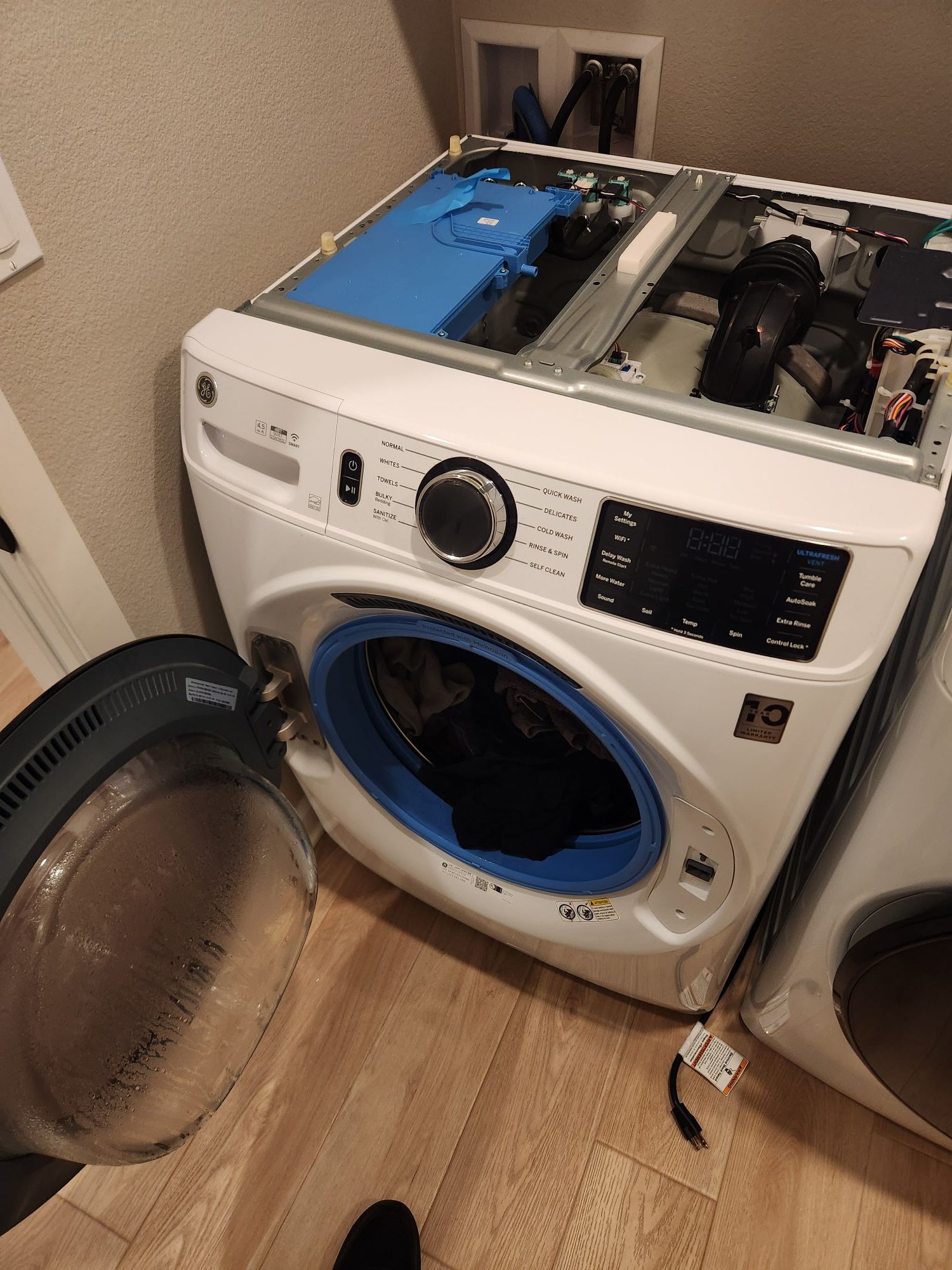
A washing machine is a household essential, but nothing ruins the fresh scent of clean clothes faster than a foul odor emanating from the drum. You open the washer expecting a burst of clean laundry fragrance—but instead, you’re met with a musty, moldy, or sour smell. This is a common problem for many households, but what causes it, and can a simple cleaning really solve it?
Let’s explore the potential causes of the odor and what you can do to eliminate it—before it turns into a costly repair.
What Causes a Bad Smell in the Washing Machine Drum?
The most frequent culprit is residual moisture, which creates a perfect breeding ground for bacteria, mold, and mildew. Washing machines are constantly exposed to water and detergent. When they’re not properly ventilated or cleaned, the leftover dampness and detergent buildup can cause microbial growth in hard-to-reach areas—especially around the drum, rubber door seal, and detergent drawer.
Other contributing factors include:
- Using too much detergent, which leads to soap scum build-up.
- Washing in cold water only, which doesn’t effectively dissolve oils and residues.
- Leaving wet clothes inside the drum, which encourages mold growth.
- Not running regular cleaning cycles or maintenance routines.
- Clean the Drum
- Run an empty hot water cycle with two cups of white vinegar. Vinegar helps dissolve grime and kill bacteria.
- Follow up with a second hot cycle using half a cup of baking soda, which neutralizes odors and lifts residues.
- Scrub the Rubber Gasket
- The rubber door seal on front-loaders often traps moisture and debris.
- Pull it back gently and use a cloth with vinegar or a diluted bleach solution to scrub inside all folds.
- Clean the Detergent Drawer
- Remove the drawer and soak it in warm water mixed with dish soap.
- Scrub away buildup, especially in detergent and softener compartments.
- Wipe the Exterior and Interior
- Use a microfiber cloth and disinfectant to clean the washer door, control panel, and inside surfaces.
- Leave the door and detergent drawer open after every wash to allow drying and airflow.
- Clogged or dirty drainage hoses retaining dirty water.
- Biofilm build-up in parts of the washer that aren’t accessible to homeowners.
- Mold inside internal parts, like the drum bearings or water pump.
- Malfunctioning heating element, which prevents proper hot water cycles.
- Use the right amount of high-efficiency (HE) detergent.
- Run a monthly cleaning cycle with vinegar or specialized washer cleaners.
- Always leave the door open between uses to dry out the drum and gasket.
- Remove wet laundry promptly.
- Wipe down the rubber gasket weekly.
- Clean the detergent drawer monthly.